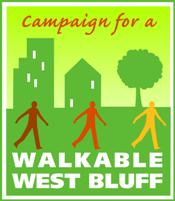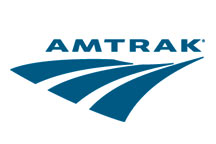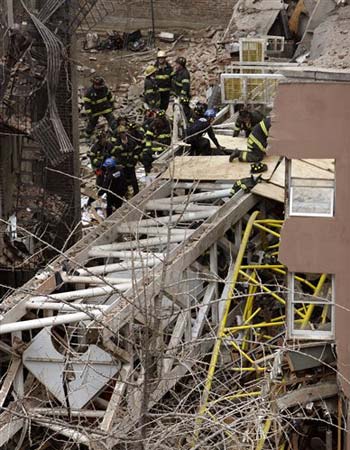A special meeting of the Peoria City Council has been called for Tuesday, March 18. Other than a proclamation, there is only one item of business on the agenda: choosing a new search firm to assist the city in selecting a permanent city manager.
Consideration of a MOTION to RESCIND Prior Action Authorizing the HIRING of PUBLIC ADMINISTRATION ASSOCIATES LLC and EXECUTIVE SEARCH, INC. AND Consideration of CITY MANAGER SEARCH FIRMS’ PROPOSALS from FRONTIER PARTNERS, INC. and THE MERCER GROUP, with the Possibility of Taking Action to HIRE ONE OF THESE FIRMS, and Authorize the Interim City Manager or Mayor to Execute a CONTRACT with that Firm.
Ironically, on March 3, Councilman Nichting (5th Dist.) moved to hire City Manager Search Firms, The Mercer Group, Inc., and the motion was seconded by Councilman Spears (4th Dist.), but everyone else on the council wanted to hire the other firm, so Council Member Van Auken (2nd Dist.) made a substitute motion, which was approved 7-2 (Councilman Turner was absent).
Reportedly, upon the first meeting with the search firm, a majority of the council and the search firm felt that the relationship wasn’t going to work out, and so the search firm withdrew their offer. Here’s their letter of withdrawal:
Dear Mayor Ardis:
As you know, we submitted a proposal to assist the City of Peoria in the recruitment of a new City Manager on February 21, 2008.
We were honored and pleased when the City Council selected our firm for this task on March 2, 2008.
We quickly started preparations to fulfill our commitments to the duties as outlined in our proposal.
Yesterday it was a great pleasure to meet personally with you to discuss the fundamental aspects of our recruitment process before entering into binding commitments to fulfill the tasks. Thank you for your hospitality.
During the six-hour drive back to Oshkosh last evening, Denise and I discussed the advisability of proceeding. As you know, we have no employees and the three partners perform all of our work. With the Peoria project, we were hopeful that a local associate could perform much of the on-site tasks.
However, our local associate, while experienced in the private sector is unfamiliar with municipal government. It became clear that as such we would need to commit significantly more time and travel than we had anticipated fulfilling the duties associated with the Peoria project.
Given the commitments we have already made to other Wisconsin municipalities and counties, doing the Peoria project would be a very burdensome task. We therefore respectfully request that our proposal to assist the City of Peoria for the recruitment of a City Manager be withdrawn from further consideration.
We are letting you know of this request as soon as possible to minimize the delay in your proceeding on this vital, local task in the City of Peoria. We Wish you all the best, both in recruiting a new City Manager and all future endeavors in your city.
Sincerely,
William D. Frueh
Partner, Public Administration Associates
It’s interesting that one of the reasons Van Auken stated she liked Public Administration Associates better was because “the representative from Executive Search, Inc. was local,” according to the March 3 minutes. But it turns out, according to this withdrawal letter, that their local representative/associate was “unfamiliar with municipal government.” Anyone else find it odd that someone with the firm of Public Administration Associates is only familiar with the private sector? Sounds like that came as a surprise to the council; I can see why they might have been disappointed.
A special meeting was called instead of waiting until the next regular meeting so that the council won’t lose any more time finding a new city manager.

 Sometimes, like when the City Council is trying to shut down the Heart of Peoria Commission, you start to wonder if residents are still interested in the Heart of Peoria Plan, walkable neighborhoods, pedestrian-friendly streetscapes, and other facets of New Urbanism.
Sometimes, like when the City Council is trying to shut down the Heart of Peoria Commission, you start to wonder if residents are still interested in the Heart of Peoria Plan, walkable neighborhoods, pedestrian-friendly streetscapes, and other facets of New Urbanism.  The first steps are being taken to restore passenger train service to Peoria — a city that at one time was a hub for train passengers from all over the country.
The first steps are being taken to restore passenger train service to Peoria — a city that at one time was a hub for train passengers from all over the country. 